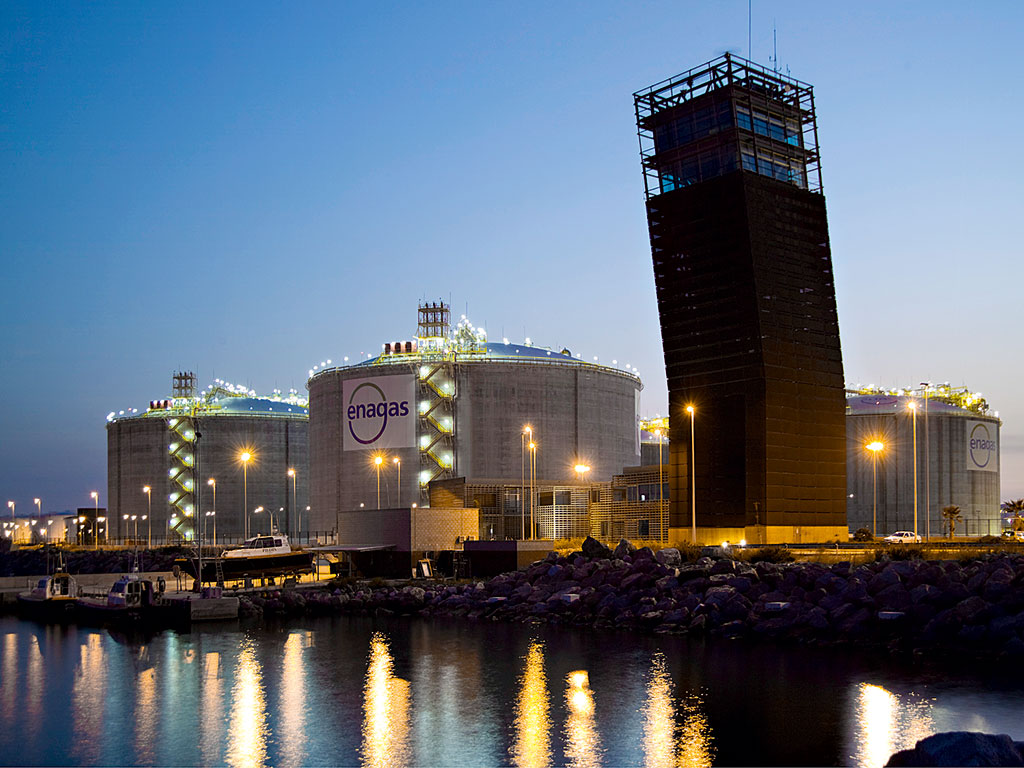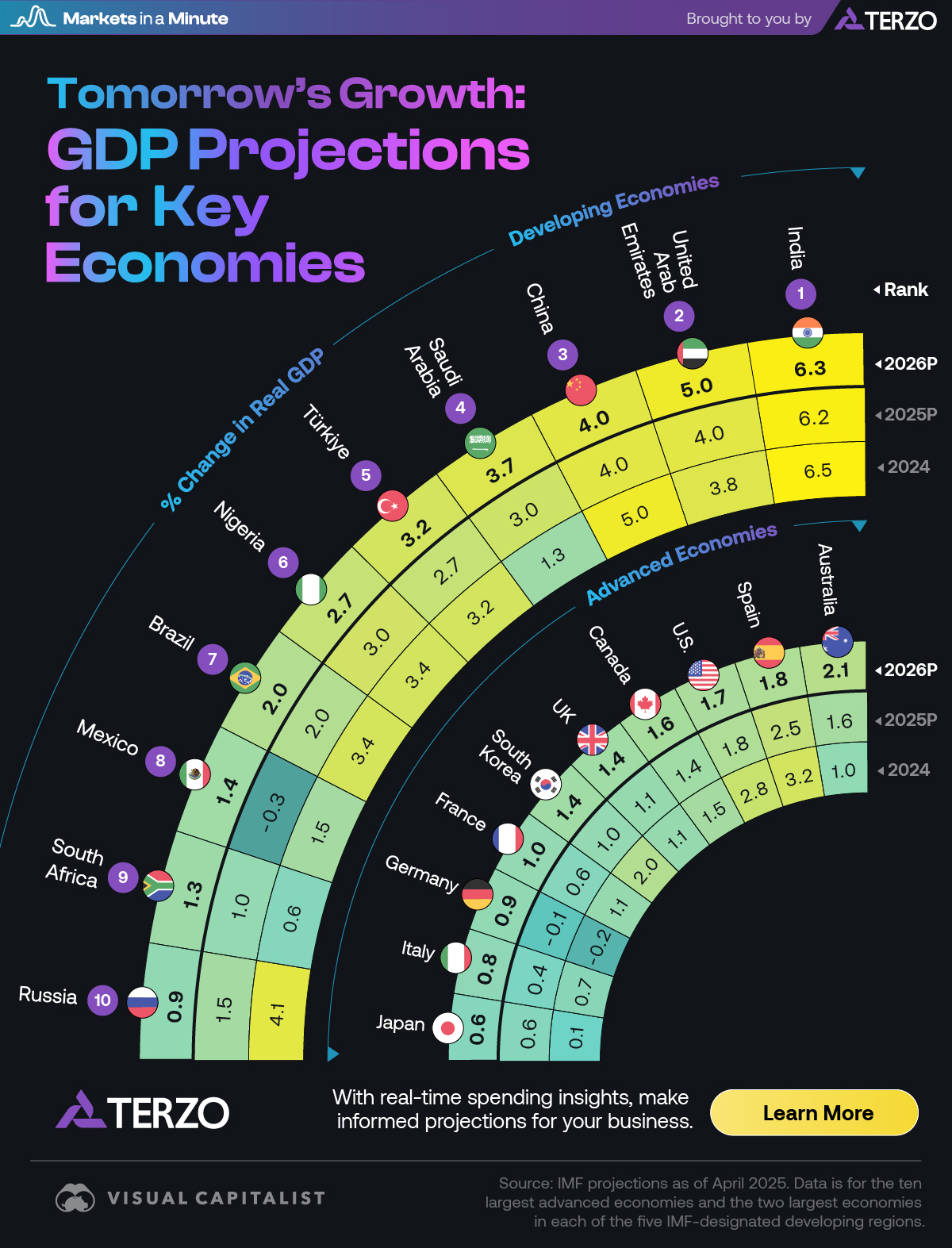Report on Spain’s Economic Performance and Alignment with Sustainable Development Goals
Executive Summary
This report analyzes the post-pandemic economic performance of Spain, which has emerged as the fastest-growing major economy in the Euro area. The growth is primarily driven by a structural shift towards high value-added service industries, a development that strongly aligns with several key United Nations Sustainable Development Goals (SDGs), particularly SDG 8 (Decent Work and Economic Growth) and SDG 9 (Industry, Innovation, and Infrastructure).
Post-Pandemic Economic Trajectory and Growth Forecasts
Since the conclusion of the COVID-19 pandemic, Southern European nations have demonstrated superior economic performance compared to the rest of the Euro area, largely due to the resilience of their service sectors. Spain has been a notable standout in this trend.
- Revised Growth Projections: Economic analysis has resulted in upgraded growth forecasts for Spain.
- The economy is now projected to grow by 1.9% in 2026, an increase from the previous forecast of 1.5%.
- Growth for 2027 is forecasted at 1.7%, revised up from 1.6%.
- Euro Area Impact: Spain’s strong performance has positively revised the growth forecast for the entire Euro area by 0.1 percentage point to 1.2% for the upcoming year.
Structural Shift Towards High-Value Services and SDG 9
A significant, yet underappreciated, structural change in the Spanish economy has been the pivot from a reliance on tourism-related services to sectors with higher value-added per employee. This evolution directly supports the objectives of SDG 9: Industry, Innovation, and Infrastructure by fostering a more innovative and resilient economic base.
- Key Growth Sectors: The composition of services activity has shifted towards subsectors that promote innovation and sustainable industrialization.
- Finance
- Real Estate
- Information and Communications Technology (ICT)
- Professional Services
- Statistical Significance: The share of high value-added services in Spain’s Gross Domestic Product (GDP) is now 3 percentage points higher than pre-pandemic levels, representing a more significant increase than in the rest of the Euro area.
Advancing SDG 8: Decent Work and Economic Growth
Spain’s economic momentum is fundamentally linked to the principles of SDG 8, which promotes sustained, inclusive, and sustainable economic growth, full and productive employment, and decent work for all. The transition to a knowledge-based service economy is a key enabler of this goal.
- Sustained Economic Growth: The multi-year positive growth forecasts indicate a stable and sustained economic expansion.
- Higher Economic Productivity: The shift to high value-added sectors inherently increases productivity, a core target of SDG 8.
- Creation of Decent Work: Sectors such as ICT and professional services typically provide higher-quality, more stable, and better-compensated employment opportunities compared to lower-value service jobs.
- Economic Resilience: This structural change enhances Spain’s economic resilience, decoupling its growth from an over-reliance on tourism and creating a more diversified and sustainable economic foundation.
SDGs Addressed in the Article
SDG 8: Decent Work and Economic Growth
The article is fundamentally about economic performance, focusing on Spain’s GDP growth, which is a core component of SDG 8. It highlights the country’s economic outperformance since the pandemic, with specific growth forecasts mentioned: “the economy to grow 1.9% in 2026 and 1.7% in 2027.” The discussion also centers on achieving higher economic productivity through a structural shift in the economy, as noted by the move “toward subsectors with more value added per employee.” This directly aligns with the goal of promoting sustained, inclusive, and sustainable economic growth.
SDG 9: Industry, Innovation and Infrastructure
This goal is relevant due to the article’s emphasis on the drivers of Spain’s economic growth. The text specifies that the growth is not just from tourism but from a shift towards “high value-added services,” explicitly naming “information and communications technology” (ICT) as a key subsector. This points to a transformation towards a more innovative and technologically advanced industrial base, which is a central theme of SDG 9. The article states, “The share of high value-added services in Spain’s GDP is now 3 percentage points higher than it was pre-pandemic,” indicating a change in the industrial structure.
Specific Targets Identified
-
Target 8.1: Sustain per capita economic growth
The article directly addresses this target by providing specific forecasts for Spain’s economic growth. The statement, “Our economists have raised their forecasts for Spain and now expect the economy to grow 1.9% in 2026 and 1.7% in 2027,” is a clear reference to sustaining economic growth rates in accordance with national circumstances.
-
Target 8.2: Achieve higher levels of economic productivity through diversification and technological upgrading
This target is clearly identified through the article’s main argument. The text explains that Spain’s growth is driven by a “shift toward high value-added services,” which represents economic diversification away from a sole reliance on tourism. It also points to technological upgrading by mentioning “information and communications technology” and achieving higher productivity through “more value added per employee.”
-
Target 9.2: Promote inclusive and sustainable industrialization and raise industry’s share of GDP
The article connects to this target by describing a significant change in Spain’s economic composition. The analysis that “The share of high value-added services in Spain’s GDP is now 3 percentage points higher than it was pre-pandemic” directly relates to raising a specific sector’s share of the gross domestic product, which is a key aspect of industrialization and economic restructuring mentioned in this target.
Indicators Mentioned or Implied
-
Indicator 8.1.1: Annual growth rate of real GDP
This indicator is explicitly referenced in the article. The text provides concrete figures for projected GDP growth: “the economy to grow 1.9% in 2026 and 1.7% in 2027.” These percentages are direct measures used to track progress towards Target 8.1.
-
Indicator 8.2.1: Annual growth rate of real GDP per employed person
This indicator is strongly implied. The article highlights the shift towards “subsectors with more value added per employee.” This phrase is a direct description of labor productivity, which is what Indicator 8.2.1 measures. The growth in these sectors implies an increase in the annual growth rate of real GDP per employed person.
-
Indicator 9.2.1: Value added as a proportion of GDP
While the official indicator focuses on manufacturing, the article uses the same logic for the services sector. It provides a specific metric that functions as a direct indicator of structural economic change: “The share of high value-added services in Spain’s GDP is now 3 percentage points higher than it was pre-pandemic.” This serves as a customized indicator to measure progress towards Target 9.2 in the context of a service-based economy.
Summary of SDGs, Targets, and Indicators
| SDGs | Targets | Indicators |
|---|---|---|
| SDG 8: Decent Work and Economic Growth | Target 8.1: Sustain per capita economic growth. | Indicator 8.1.1 (Referenced): Annual growth rate of real GDP (Forecasts of 1.9% in 2026 and 1.7% in 2027). |
| Target 8.2: Achieve higher levels of economic productivity through diversification, technological upgrading and innovation. | Indicator 8.2.1 (Implied): Annual growth rate of real GDP per employed person (Mention of “more value added per employee”). | |
| SDG 9: Industry, Innovation and Infrastructure | Target 9.2: Promote inclusive and sustainable industrialization and significantly raise industry’s share of employment and gross domestic product. | Indicator 9.2.1 (Adapted/Implied): Value added as a proportion of GDP (The “share of high value-added services in Spain’s GDP” increased by 3 percentage points). |
Source: goldmansachs.com







